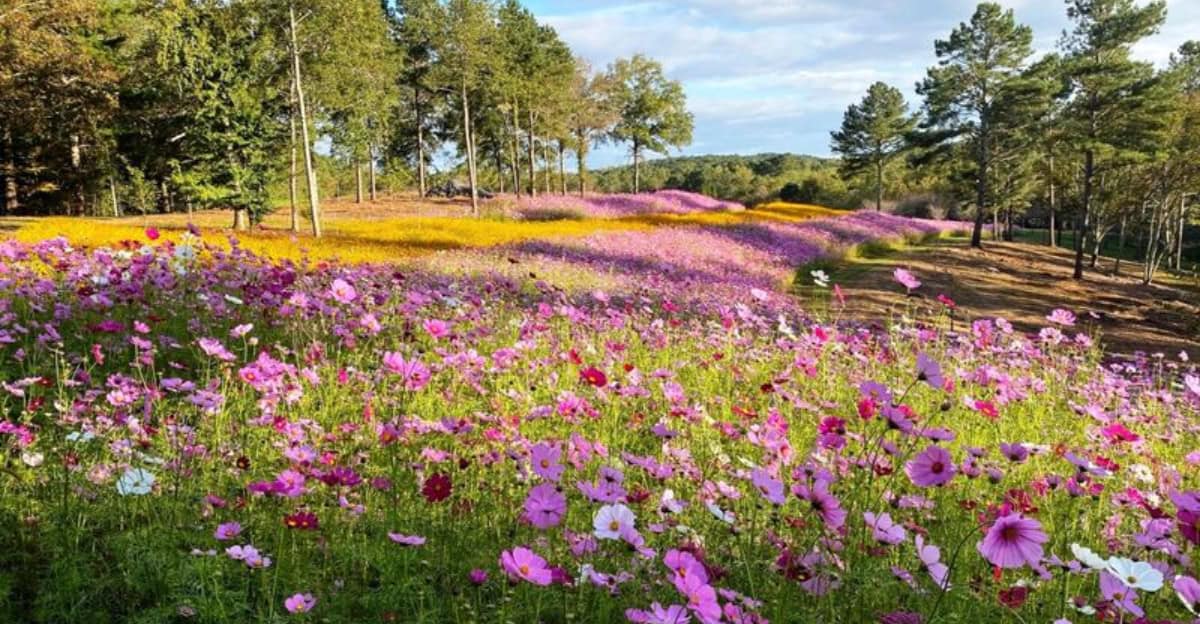Creating a wildflower meadow is a rewarding endeavor that enhances your garden’s biodiversity and aesthetic appeal.
Here are 10 tips to help you cultivate a vibrant and sustainable wildflower habitat.
1. Choose the Right Location
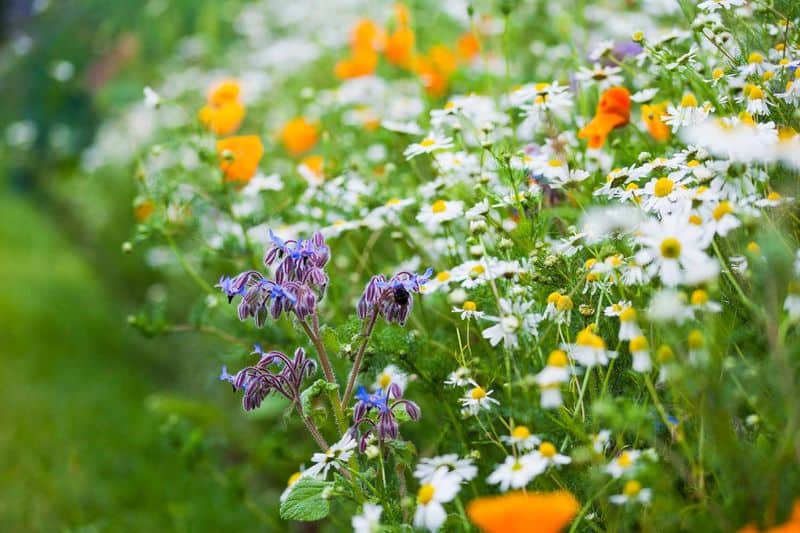
Selecting an ideal location is crucial. Ensure the area receives ample sunlight, as most wildflowers thrive in sunny spots.
Evaluate soil drainage; wildflowers prefer well-drained soil. Avoid overly shaded areas or waterlogged ground. These conditions will hinder proper growth and blooming of wildflowers.
2. Prepare the Soil
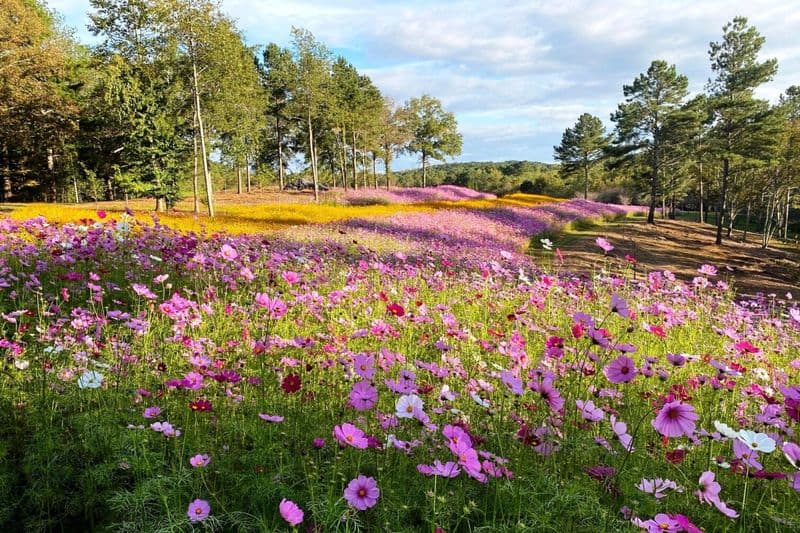
Proper soil preparation is essential. Begin by removing weeds and existing vegetation. Loosen the soil using a rake or tiller, creating a fine seedbed.
Avoid over-fertilization; wildflowers flourish in low-nutrient soils. This preparation sets the stage for successful seed germination.
3. Select Suitable Seeds
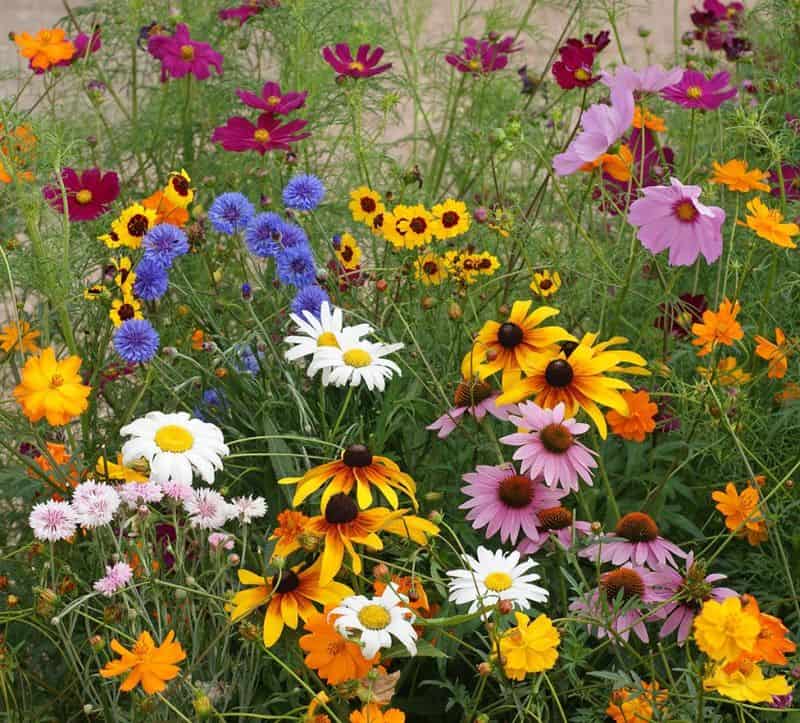
Choosing the right seed mix is imperative. Opt for native wildflower species suited to your climate and soil type. Native plants support local wildlife better.
Research seed suppliers and select high-quality seeds. This ensures a diverse and resilient meadow.
4. Timing Your Sowing
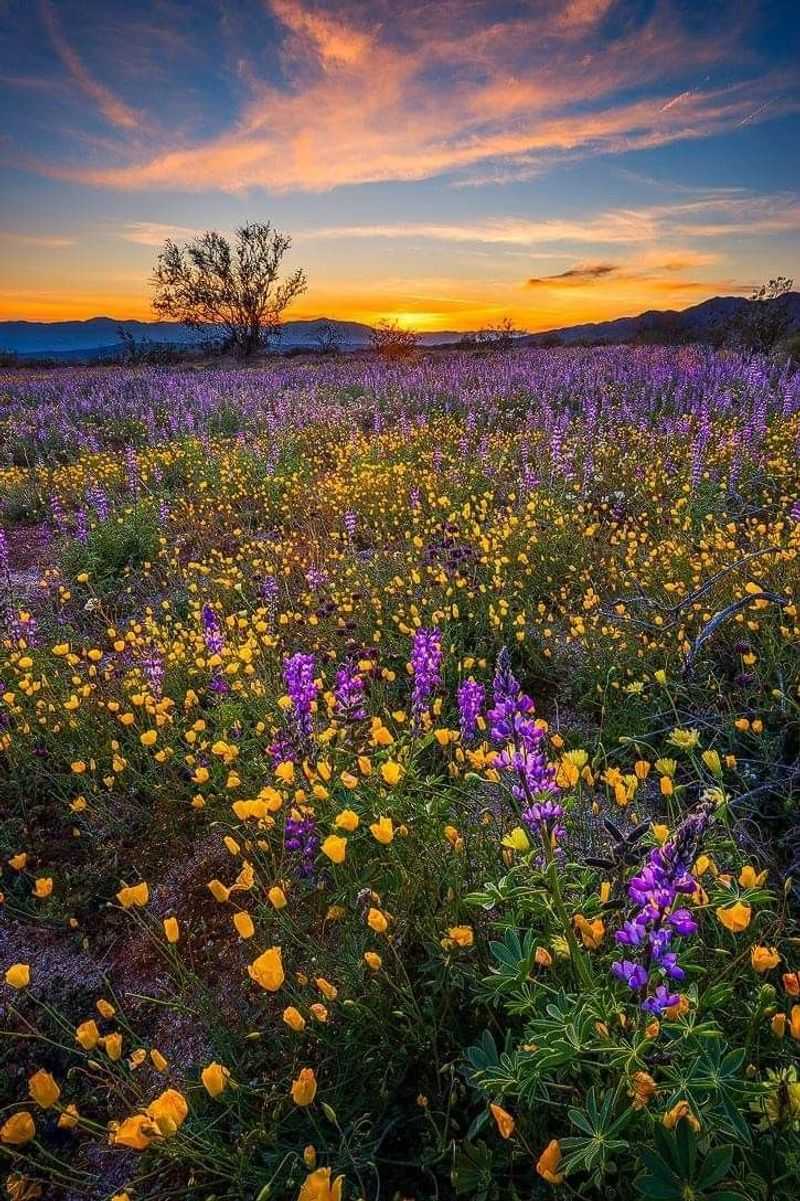
Timing affects success. Sow seeds in early spring or fall, aligning with natural growth cycles. Early spring planting allows seeds to germinate with rising temperatures.
Fall sowing lets seeds lie dormant through winter, ready to sprout in spring. This timing mimics nature’s rhythm.
5. Sow Seeds Properly
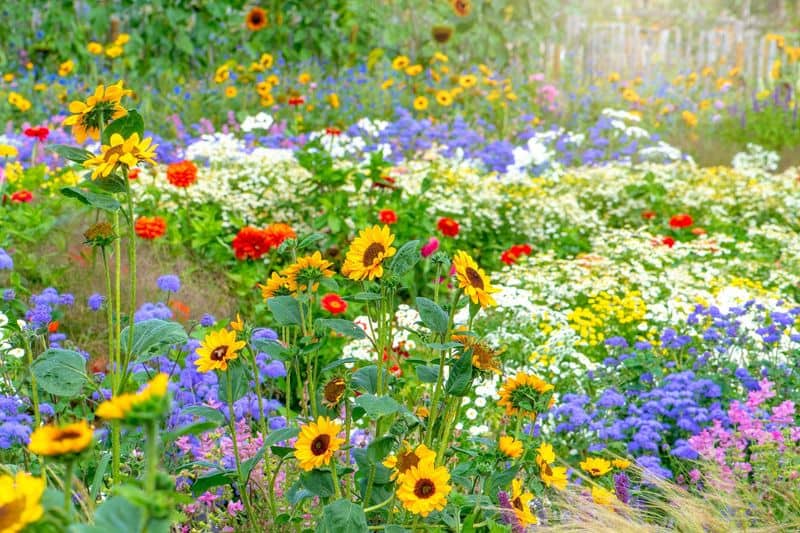
Proper seed sowing is vital. Scatter seeds evenly over the soil surface. Aim for even coverage to prevent overcrowding.
Lightly rake or press seeds into the soil, ensuring contact without burying them deeply. This method enhances germination success.
6. Watering Techniques
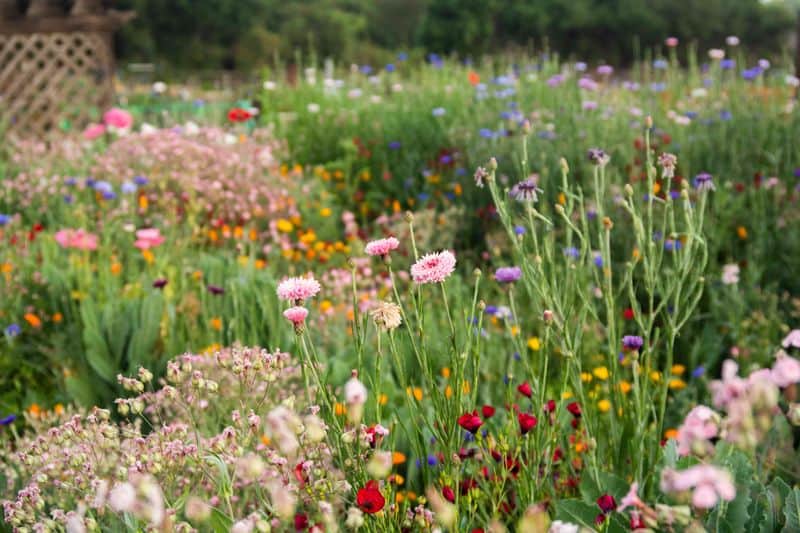
Water wisely to promote growth. Initially, water the area gently to help seeds establish. Avoid overwatering, as it can lead to rot.
Once established, wildflowers are drought-tolerant and require minimal watering. Allow natural rainfall to maintain moisture levels.
7. Weed Management
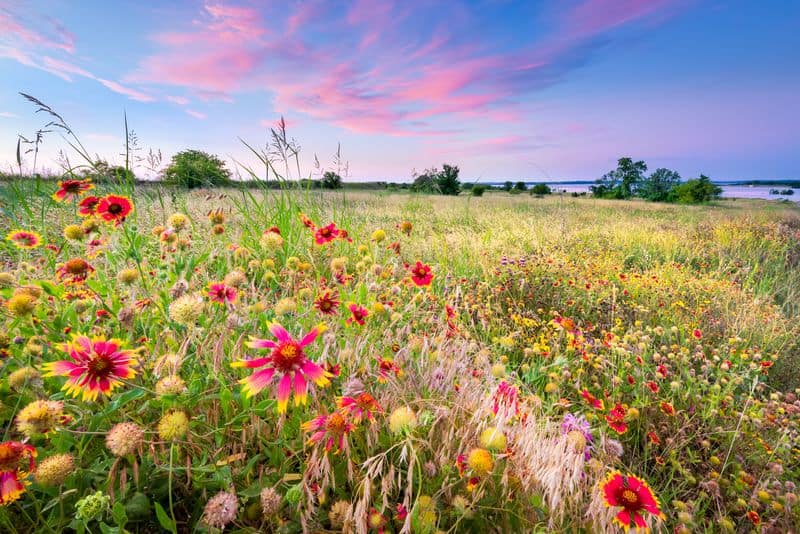
Manage weeds effectively. Initially, hand-pull or hoe weeds to prevent competition. As wildflowers grow, they suppress weeds naturally.
Regularly inspect for invasive species. Avoid chemical herbicides; they can harm young wildflowers. Consistent management maintains a healthy balance.
8. Encourage Biodiversity
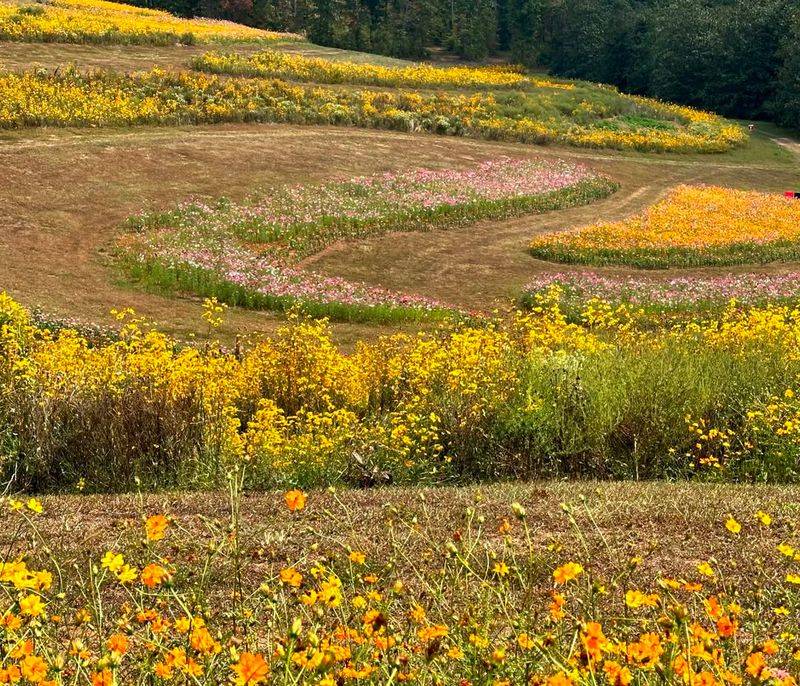
Fostering biodiversity enriches your meadow. Include diverse plant species to attract various pollinators. Birds, bees, and butterflies benefit from this habitat.
Create shelter and water sources for wildlife. This ecosystem approach enhances the meadow’s vitality and ecological value.
9. Pruning and Care
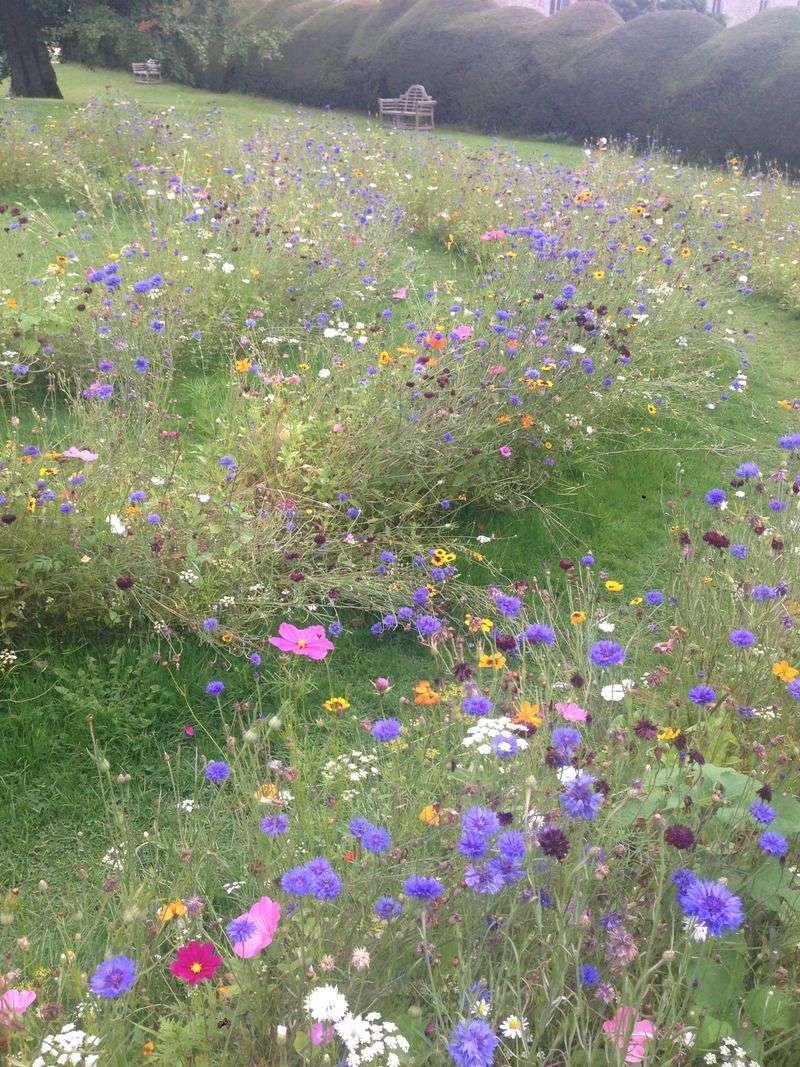
Maintain meadows with care. Deadhead spent blooms to encourage reblooming. Trim excessive growth to prevent overcrowding.
Leave some seed heads for wildlife. Minimal intervention supports natural cycles. This approach nurtures a flourishing, self-sustaining meadow.
10. Pest Control Naturally
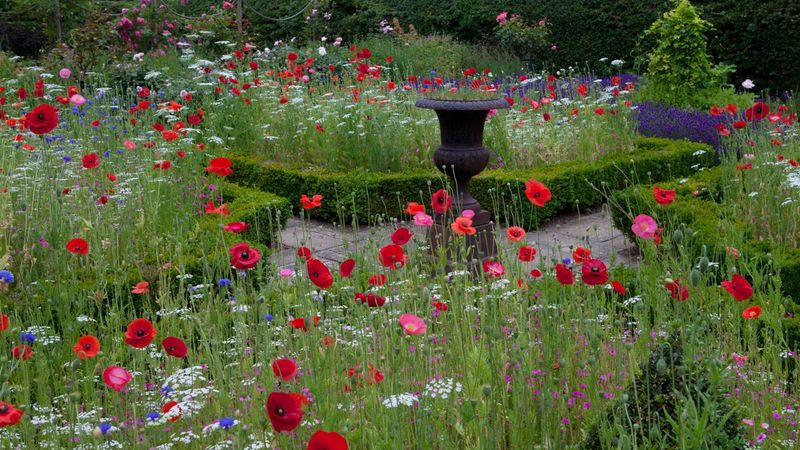
Manage pests organically. Encourage beneficial insects like ladybugs to keep pests in check. Avoid chemical pesticides; they disrupt ecological balance.
Promote healthy plant growth, which naturally deters pests. This method fosters a harmonious and thriving meadow environment.

